#Guadalajara
Text
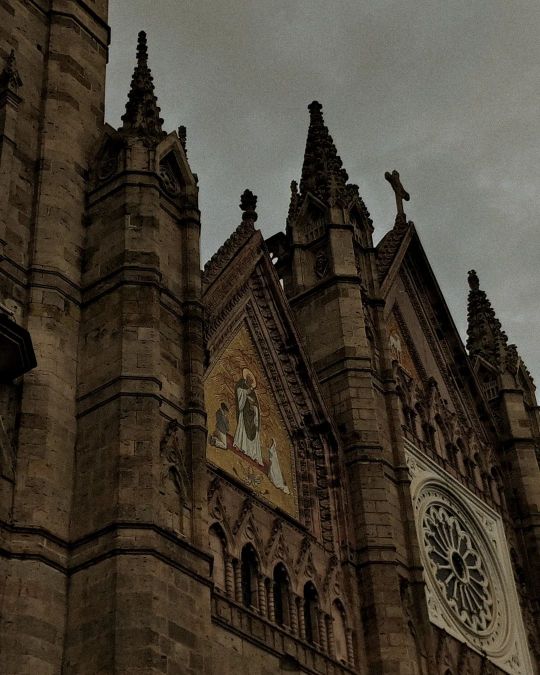
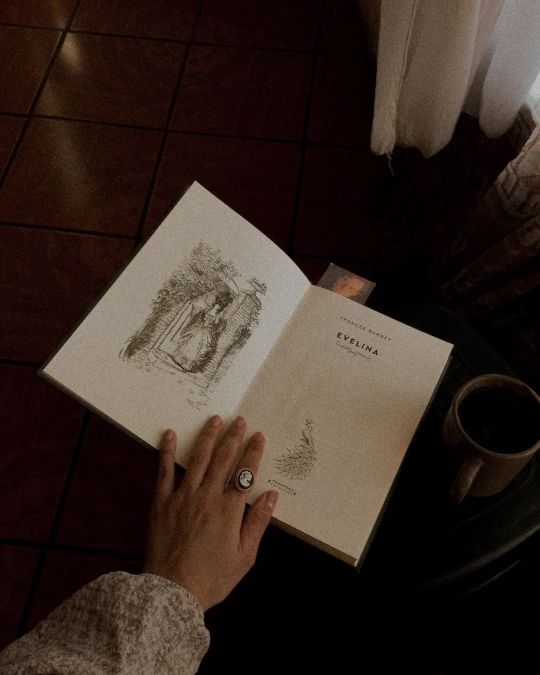




Instagram credit: coffeeyre
#museum#guadalajara#mexico#art museum#artcore#paintings#darkacademia#dark academic#dark academia aesthetic#dark academia#goth#gothic vibes#bookblr#books#literature#classic literature#beautiful architecture#gothic architecture#fallblr#fall vibes
3K notes
·
View notes
Photo
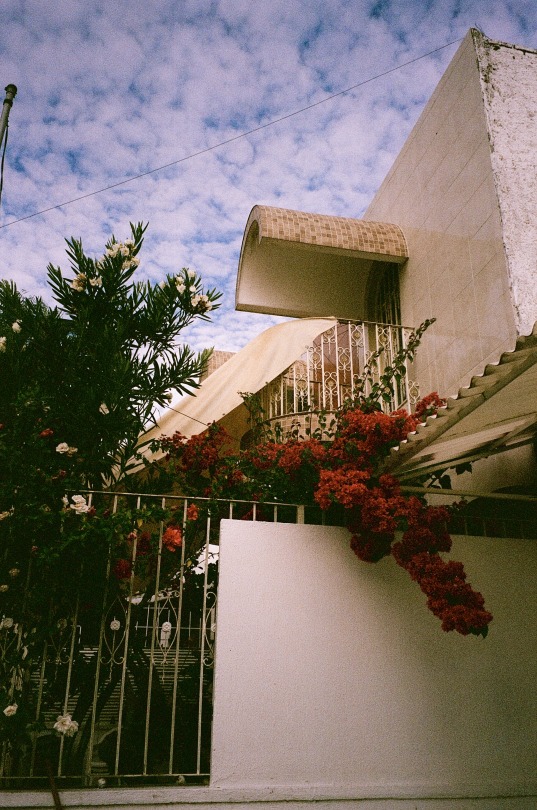
en méxico
#mexico#jalisco#guadalajara#guadalajara jalisco#jalisco mexico#zapopan#zapopan jalisco#35mm film#35mm color film#35mm photography#staybrokeshootfilm#stay broke shoot film#womenwhoshootfilm#women who shoot film#analog#film is not dead#fujifilm#film photography#mine#my photo
1K notes
·
View notes
Text
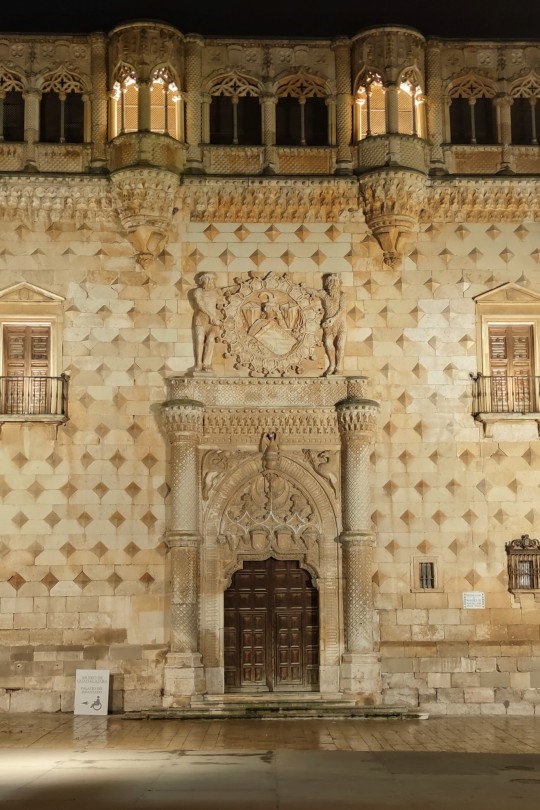
Palacio del Infantado, Guadalajara. Siglo XV
Antonio Íñigo, 20 de marzo de 2024
85 notes
·
View notes
Video
Zinnia (Also called Guadalajara or San Rafael flower) blooming
// Mandala Expert
Music: Akshay Sreeram - Earth Song (Orchestral Version)
1K notes
·
View notes
Text
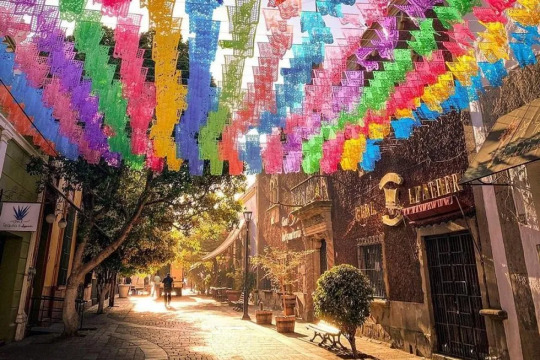
Guadalajara, Mexico
#mexico#central america#latin america#guadalajara#street#streets#colorful#photography#light#beautiful places#travel#dailystreetsnapshots#north america
97 notes
·
View notes
Text




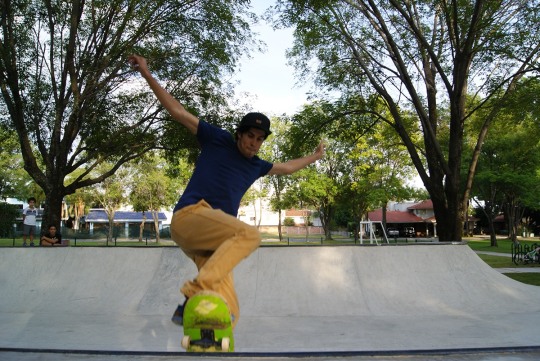
Skatepark in Club de Golf Santa Anita, Guadalajara Mexico. Design and Construction By Arch. Adrian Delgado
#architecture#skatepark#guadalajara#mexico#arquitectura#skate vibes#design#exterior#outdoor#city#concrete#bricks#santa anita#club de golf
124 notes
·
View notes
Photo

A Mexican mariachi player of Japanese descent. Guadalajara, Mexico.
“Before WWII, the highest concentrations of Japanese and Japanese descent were in Baja California, followed by Mexico City and Sonora. Most worked in fishing and agriculture followed by non-professional workers, commerce, professionals and technicians. Up until the war, the treatment of Japanese in the country and their descendants had been favorable, very different than the treatment of Chinese in the country, which suffered discrimination and even expulsion in the early 20th century. The Japanese were relatively free from discrimination in Mexico, unlike the United States, Brazil and other countries in the Americas. One reason for this is that the Japanese population was not as prominent as the Chinese one in numbers and the work that they did, which included the construction of factories, bridges and other infrastructure was viewed favorably.
Japanese immigration halted by World War II to near zero, and those who were in the country were faced with restrictions and relocation after Mexico broke diplomatic ties with Japan in 1941. Japanese national and even those with naturalized Mexican citizenship were forced to move from areas along the Pacific coast such as Baja California, Sinaloa and Chiapas inland, with some forced into exile to Japan. The goal was to keep the Japanese in Mexico away from ports and from Mexico’s border with the United States so that they could not be used as a “fifth column” by the Japanese government.
Japanese nationals were forced to move to interior cities such as Puebla, Guadalajara and Cuernavaca. Most went to Mexico City and Guadalajara but there were concentration camps in Guanajuato and Quer��taro. It is estimated that about 1,100 people moved to Mexico City and Guadalajara alone. The Japanese community worked to buy properties to house the displaced including the former Temixco Hacienda near Cuernavaca which allowed the Japanese there to grow crops and live semi-independently. The fear of Japanese-Mexicans faded during the war, with some allowed to go back home before 1945 and the rest after.
This treatment of the Japanese is not in most accounts of Mexican history and is not taught in schools.”
#mexico#mexicans#latinx#asian latinxs#asian latinos#mexican#guadalajara#mariachi#mexicano#asian latinx#mexicanos
248 notes
·
View notes
Text
No tengas miedo, te guardo aquí, en mi corazón y en lo más profundo de mi alma. Ahí te protejo, no te pasará nada.
#amor a distancia#pareja#te extraño#te amo#letras#vuelve#citas de amor#amor#desamor#dolor del alma#alma#te quiero#textos#cuidar#corazón roto#corazon#corazón triste#guadalajara#mexico
39 notes
·
View notes
Text




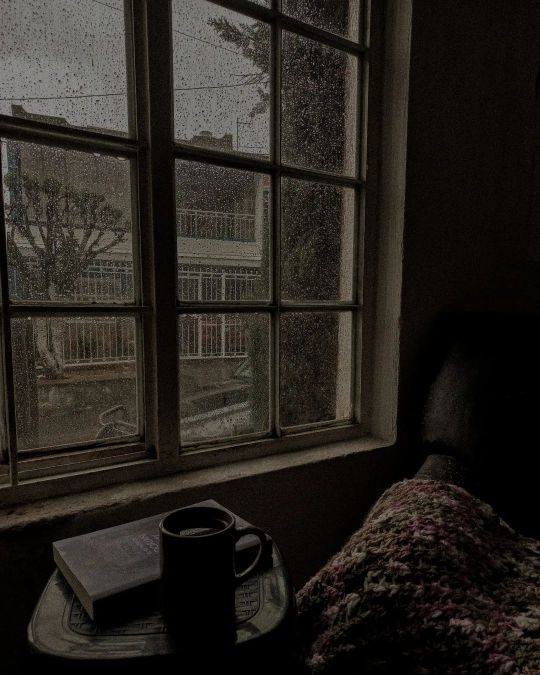

Instagram credit: coffeeyre
#dark academia#dark academia aesthetic#guadalajara#mexico#bookblr#bookaholic#literature#vintagedecor#vintage aesthetic#dark academia vibes#beautiful architecture#architecture#piano#academia
2K notes
·
View notes
Text
#alejandro zohn#modernism#modern architecture#arquitectura moderna#guadalajara#jalisco#mexico#modernismo#los angeles#rudolph schindler#west hollywood
159 notes
·
View notes
Text
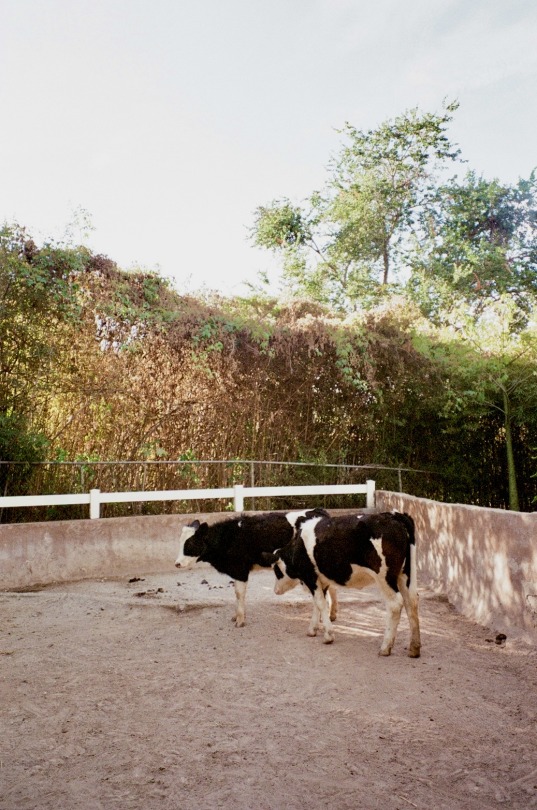
vacas mexicanas
guadalajara, jalisco — Nov 2022
#vacas#stay broke shoot film#35mm#35mm film#my photo#staybrokeshootfilm#cows#guadalajara#guadalajara jalisco#zapopan jalisco#jalisco mexico#jalisco#womenwhoshootfilm#women who shoot film#mexico#grainisgood
54 notes
·
View notes
Text

Foto Antonio Íñigo 2023, 13 de septiembre
101 notes
·
View notes
Text

Guadalajara,Jalisco 🇲🇽
22 notes
·
View notes
Text

July 13, Sunset in Guadalajara, Mexico.
53 notes
·
View notes
